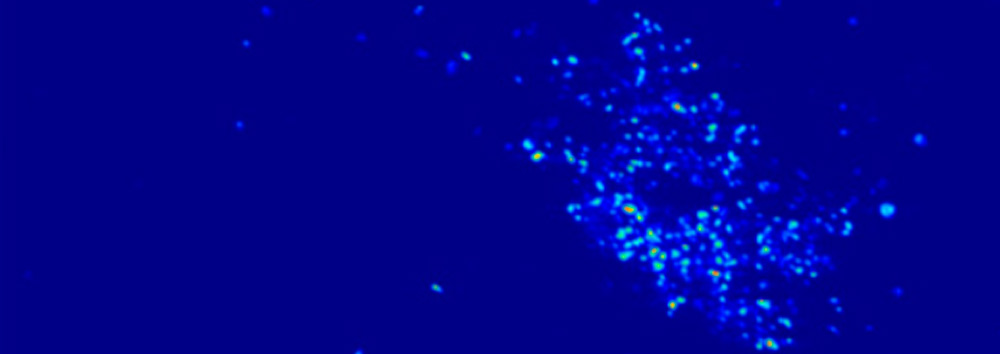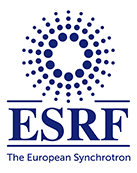Parkinsonism is a syndrome that includes a group of disorders affecting the nervous system, which lead, among other symptoms, to a characteristic tremor known as shaking palsy. Globally, 1% of those over the age of 60 are affected by Parkinson’s disease. In most cases, it is not possible to determine what brings on the disorder. Apart from Parkinson’s disease, there are a number of symptomatic parkinsonian syndromes that can be triggered by very different causes. For instance, manganese, although essential in small concentrations, is thought to be a possible cause of certain types of neurological disorders in higher concentrations.
A team of scientists from the CNRS and University of Bordeaux, the University of Texas in Austin, DESY and the ESRF has revealed one of the key mechanisms behind certain familial parkinsonian disorders. Using synchrotron X-rays they have shown in detail how poisoning with metal manganese occurs inside a cell, leading to parkinsonian symptoms. It found that a specific genetic defect results in manganese accumulating in the cell’s so-called Golgi apparatus. “An exact understanding of this manganese poisoning is a crucial step towards designing possible therapies,” explains the main author of the study, Richard Ortega, scientist at the CNRS.
About ESRF
The ESRF is the world-leading source of synchrotron and a centre of excellence for fundamental and innovation-driven research for imaging and studying the structure of matter at the atomic and nanometric scale in all fields of research. Located in Grenoble, the ESRF owes its success to the international co-operation of 22 partner nations, of which 13 are Members and 9 are Scientific Associates. Following on from 20 years of success and scientific excellence, the ESRF launched the ESRF-EBS -Extremely Brilliant Source- project (150M€ over 2015-2022). Centred on rebuilding the ESRF storage ring, EBS will deliver unprecedented source brilliance and coherence (~100x), offering scientists with a powerful new instrument to look even deeper into the structure of materials and living matter. EBS also includes the construction of new state-of-the-art beamlines, a scientific instrumentation programme with ambitious detector projects and a data management and analysis strategy.



